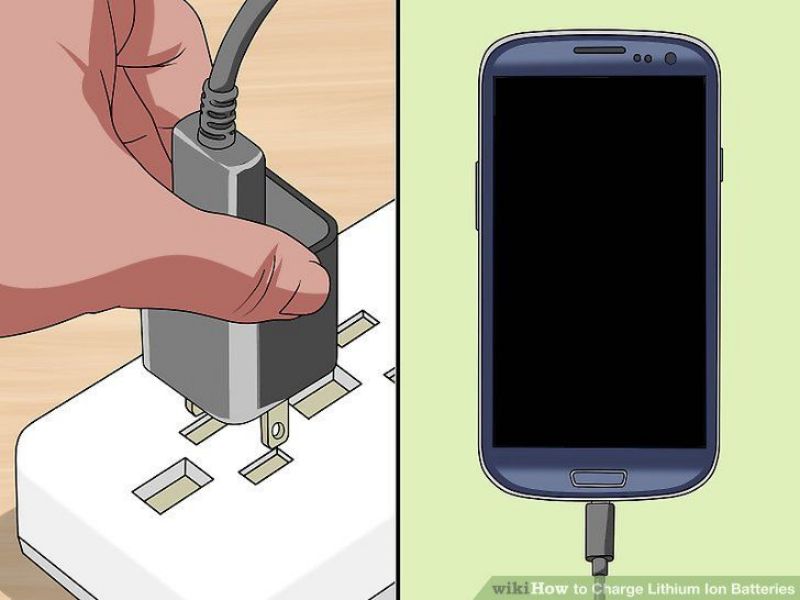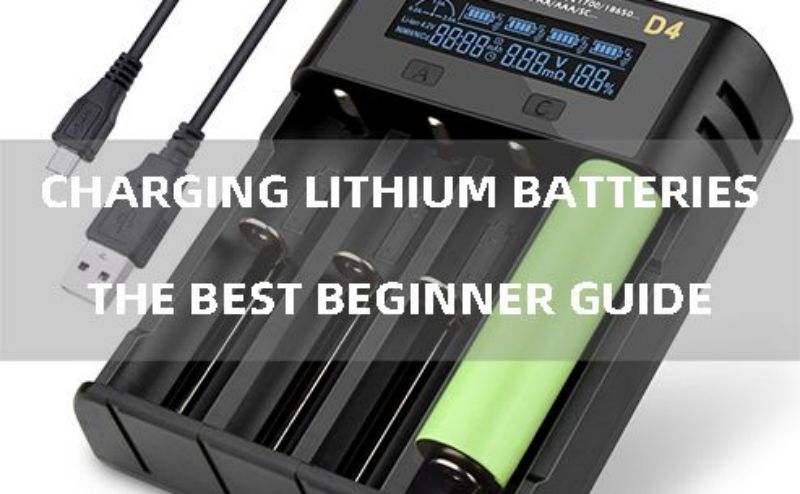
Main content:
- 1.What happens when charging lithium-ion batteries? Lithium battery charging process
- 2.What is the best way to charge lithium-ion batteries?
- 3.Electronic conditions for charging lithium batteries
- 4.What is BMS? Does it matter for charging lithium batteries?
- 5.How many times can lithium-ion battery be recharged?
- 6. Do lithium batteries lose charge when not in use?
- 7. How do you charge a lithium battery without a charger?
- 8. What happens if you don't charge a lithium battery?
- 9. Calculations about charging lithium batteries: discharge/charging time
- 10. Charging lithium batteries vs charging lead acid batteries, where the differences?
- 11. FAQs about charging lithium batteries
Batteries have become widely used in the recent century not only on personal devices like E-scooter and laptops but also on most advanced vehicles like golf carts and drones, and the golf cart batteries require a strong discharge current. Usually, rechargeable batteries are used instead of single-use ones since the former have a longer lifespan and a cheaper price. The most practical rechargeable batteries are lithium-ion batteries, which provide high energy density and power density. If the lithium-ion batteries are charged well with maintenance, they can be utilized efficiently for 4000 cycles.
In this article, we provide a full guideline for charging lithium batteries to get the best performance and the longest shelf-life.
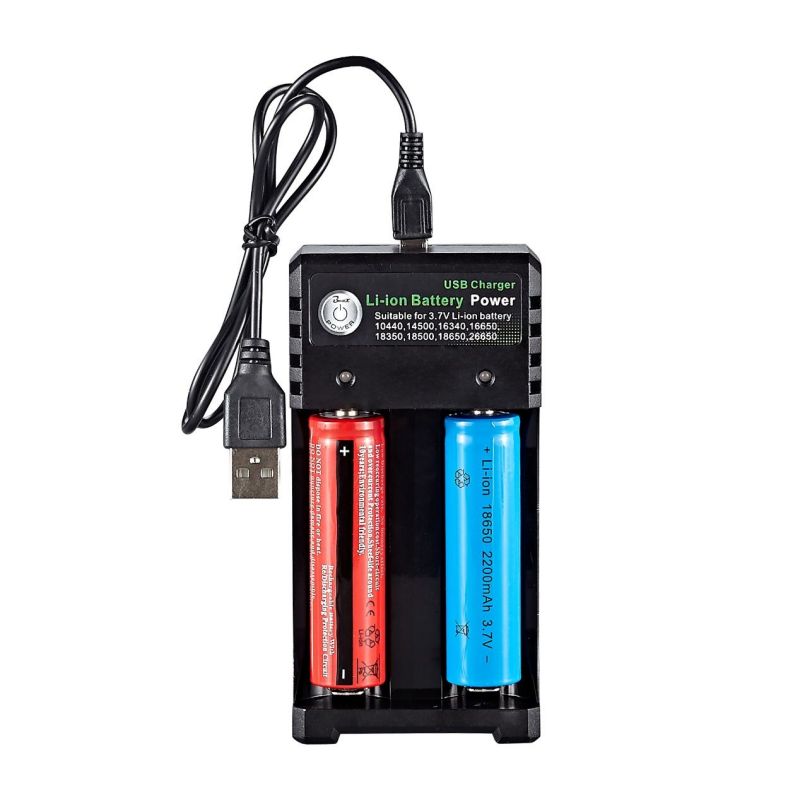
1.What happens when charging lithium-ion batteries? Lithium battery charging process
The electricity generates during an electro-chemical reaction since the electrical current can move around the circuit connecting to a battery when an oxidation-reduction reaction occurs. The electrons move from negative electrode to the positive one during discharge process through a wire. At the same time, the lithium ions move in the same directions throughout the electrolyte. This process happens naturally due to the potential difference between the two electrodes.
The discharge process carries out until lithium ions move completely to another side. Hence, the battery becomes empty. To recharge the battery again, we need an external force to return the ions back to the opposite electrodes. This external force is the electric current which turns on your house or office. During charging lithium batteries, the chemical reaction goes in the reversible direction; therefore, all lithium ions return back to the negative side. So, we can say the energy is stored in a chemical form.
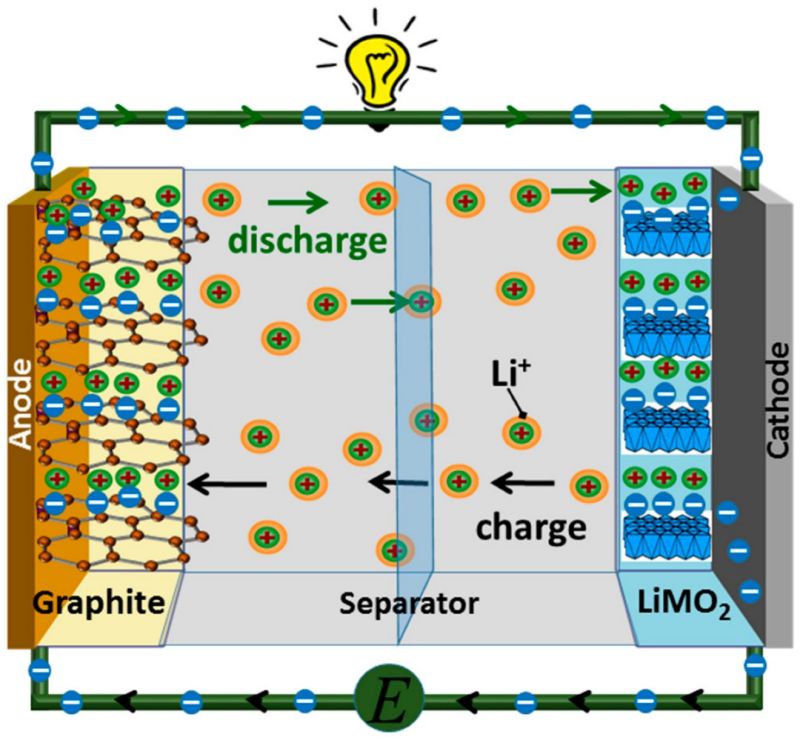
2.What is the best way to charge lithium-ion batteries?
One of the most frequently questions is what is the correct method for charging lithium batteries? Although, the manufactures design rechargeable batteries with many precautions to avoid misuse charging, the repetition of charging batteries incorrectly would decline the battery’s life and provide poor performance.
2.1 Should lithium batteries be charged to 100%?
There is no need for charging lithium batteries until the full state. Actually, having charging rapidly until 80%, the time for remaining charge becomes longer. Charging until to 100% is unhealthy for the battery, because it needs to increase the internal voltage between anode and cathode electrodes which put much stress on the battery and reduce the battery’s life. In brief, this internal high voltage oxidizes the electrolyte and the electrodes materials.
2.2 Should lithium-ion batteries be fully discharged before charging?
It is advised not totally discharge the rechargeable batteries because the active materials inside the battery starts to decompose and the battery’ life decreases significantly. You can recharge the battery again when the capacity reach 30-50 percent. Remember, not only the over-charging but also over-discharging is harmful for the battery. Both of them change the chemistry of electrodes the electrolyte, which reflect on the life-shelf of the battery. For safety purpose, most of electronic manufactures add a safety circuit to avoid any accident occurring at over-discharge.
2.3 Can I charge a lithium battery with a normal charger?
Lead-acid batteries and lithium-ion battery chargers can not be mixed.If the lead acid battery charger is used to charge the lithium battery, it will cause the lithium battery overcharging, which is unfavorable to the lithium battery, or end the battery life early, and cause safety accidents. The user should take care about using fast charger because it may damage the battery and make it warm up. The elevated temperature makes the performance goes down rapidly and may cause the safety issue.
3.Electronic conditions for charging lithium batteries

Just few parameters should be considered to charge Lithium-ion battery wisely. The most important tip is charging the battery by an original charger. Each battery has a specific charger providing by the manufacture with an appropriate voltage range and current. Usually, the following parameters are written in the user guide for better performance:
3.1 Standard Charge Voltage:
The suitable voltage for charging lithium batteries until the full charge state without side reactions. Usually, the charging voltage of ternary lithium battery is 4.2v, while that of lithium iron phosphate battery is 3.65v. When the user starts use the battery the voltage will drop suddenly to 3.0V, which considers a normal behavior.
3.2 Standard Charge Current:
Since the lithium-ion battery will be damaged by high charge current, and the low charge current is very slow, the Standard Charge Current can keep the battery charged at a reasonable current range.
3.3 Allowed Max Charge Current
For fast charging purpose, the charge current should be increased but wisely to prevent any side reactions affecting the battery’s life time. This allowed current called Maximum charge current.
3.4 Standard Discharge Current
The discharge process usually is slower than charge one, but some applications, like games, consume the capacity rapidly. This also can cause lifespan fading.
3.5 Cut off discharge voltage
Usually, the discharge process can perform until reach 2.0V safety. However, most manufactures make the cut off discharge voltage to be 2.5V because the effect of other parameters like temperature and humidity can make the battery unstable below such value.
3.6 Charging Temperature
The lithium-ion battery performance is affected by temperature. On cold weather, the charging lithium batteries become slower. But on hot weather, the electrolyte of battery decomposes and consequently, the battery’s life decreases.
3.7 Over-voltage/Over-charge protection
Because most users just plug in the charger then sleep or forget it, the internal voltage will increase until reach the standard charge voltage. After this point, the charging lithium batteries is stopped and a protection circuit is opened to drain the extra voltage and to avoid the parasitic reactions in the battery due to over-charge. Otherwise, the prolonged charging will damage the lithium-ion battery immediately.

4.What is BMS? Does it matter for charging lithium batteries?
As mentioned above in this article, there are many factors affect the safety and cycle life of the lithium-ion battery. Therefore, the experts can control in all these factors by a battery management system (BMS). Actually, Lithium battery itself has some safety problems, which need the protection of BMS, and it is essential in a large format scale which has high risks. BMS ensures each cell in the battery works well within the appropriate temperature, voltage, current and other parameters. In addition, BMS can analyze the hundreds of cells connecting together in series or parallel and modify the different parameters for best performance and more safety. BMS makes balances between cells and protect batteries from over-charge and over-discharge.

5.How many times can lithium-ion battery be recharged?
Most lithium-ion batteries can recharge between 1500 to 4000 times. In the first 500 cycles, the capacity becomes stable without any change in the performance. After that, the battery starts to lose its capacity gradually but the battery still can work well. The life span of battery depends on the usage conditions like temperature, voltage and so on. In addition, the used different chemistries affected the life shelf of the battery.
6. Do lithium batteries lose charge when not in use?
Like other batteries, lithium-ion battery loses the charge even when the device is turned off, this phenomenon is called self-discharge. But the good news is the percentage of self-discharge in lithium batteries is 3.5% per month, which is much less than other batteries. For example, the old type of rechargeable batteries like lead-acid and nickel–cadmium batteries lose around 15% and 20%, in turn, per month. Therefore, using lithium-ion batteries is considered an outstanding investment in the future.
7. How do you charge a lithium battery without a charger?
If you don’t have charger, there are other available ways for charging lithium batteries like solar panel, power bank or power supply. However, it is highly recommended to ask from the battery manufacture to choose the alternative way since every battery needs a suitable current for charging, usually between 0.2C and 1.0C, which is difficult to control with non-original charger. Thus, charging the battery by original charger is the most important tip.
7.1. Charging LiFePO4 (LFP) batteries with solar
The most used material in lithium-ion battery is lithium iron phosphate (LiFePO4, LFP), which is considered a safe chemistry active material to store the capacity. The main reason for popularity of LFP in the market is its stability in air and its low cost. If you have solar panels, you can charge a series of LFP battery under an appropriate voltage and current with or without transformers. For example, solar-powered drones which absorb the sun rays by the wings and produce electricity to charge the lithium battery. On other words, solar-powered drones generate its own energy and can fly forever if there is enough sunlight.
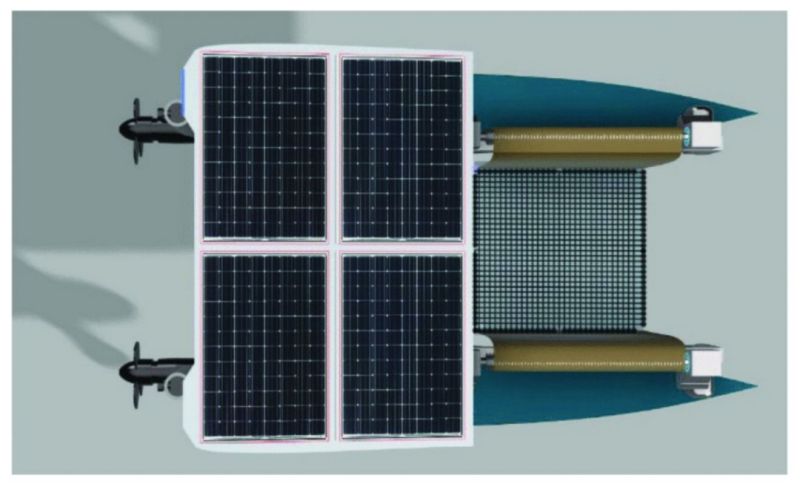
7.2. How to charge a lithium-ion battery with a power supply?
Nowadays, there are many types of stationary and portable power supplies can be used to charge lithium-ion batteries. There are differences in chemistries between batteries, so not all batteries match with fast charger. Some people use high-copy charger if the original charger is damage but it is dangerous because it may cause overcharging and fast depletion. In addition, the risk of fire becomes high because the batteries contain flammable electrolytes. But at present, most lithium batteries are using adhesive electrolytes, to a certain extent, reduce safety risks.
7.3. Charge LiFePO4 from alternator
How to charge a lithium ion battery is the better choice? The alternator is one of the available options of charging lithium batteries, but it depends on the quality of the alternator. Some of them need to modify before using like connecting with battery isolation manager. The high-quality alternators have strong voltage regulators, which are essential to keep the charging process under control.
8. What happens if you don't charge a lithium battery?
Actually, it is safe and no any significant negative impact on the battery would happen. People ask this question frequently because, in the past, the nickel batteries lose the capacity due to high self-discharge rate. But the new technology using in lithium-ion batteries makes this issue ineffective. So, for keep your battery with high performance, just keep the battery in dry place at temperature between 15 and 35 Celsius degree. But it also needs to be charged once every four or five months to avoid excessive discharge of lithium batteries.
9. Calculations about charging lithium batteries: discharge/charging time

Previously, we have mentioned that the suitable current for charge battery is between 0.2C to 1.0C rates, where C means charge/discharge rate. Simply, 1.0C rate means how much current needs for charging lithium batteries in 1 hour. In addition, 0.5C reflects the same meaning but in 2 hours.
9.1 How long does it take to charge a 100Ah lithium battery?
Based on this, if we charge a 100Ah lithium battery by 1.0C charger, it means the battery will charge by 100A in an hour. But it we charge battery by 0.5C charger, it consumes 50A for 2 hours to reach the full capacity.
9.2 How long does a lithium-ion battery last on a single charge?
The discharge also calculated by C-rate. discharge a 100Ah lithium battery by 1.0C, means the battery will provide 100A for one hour. Or, it will provide 50A for two hours, which mean 0.5C rate.
10. Charging lithium batteries vs charging lead acid batteries, where the differences?
Charging lithium-ion batteries is faster than lead acid ones. In addition, the former is able to charge fast (high charge C-rate), as opposite to the latter one, which consumes much time. The main reason for this difference is related to the chemistry of both since lithium ions reacts rapidly with anode and cathode.
11. FAQs about charging lithium batteries
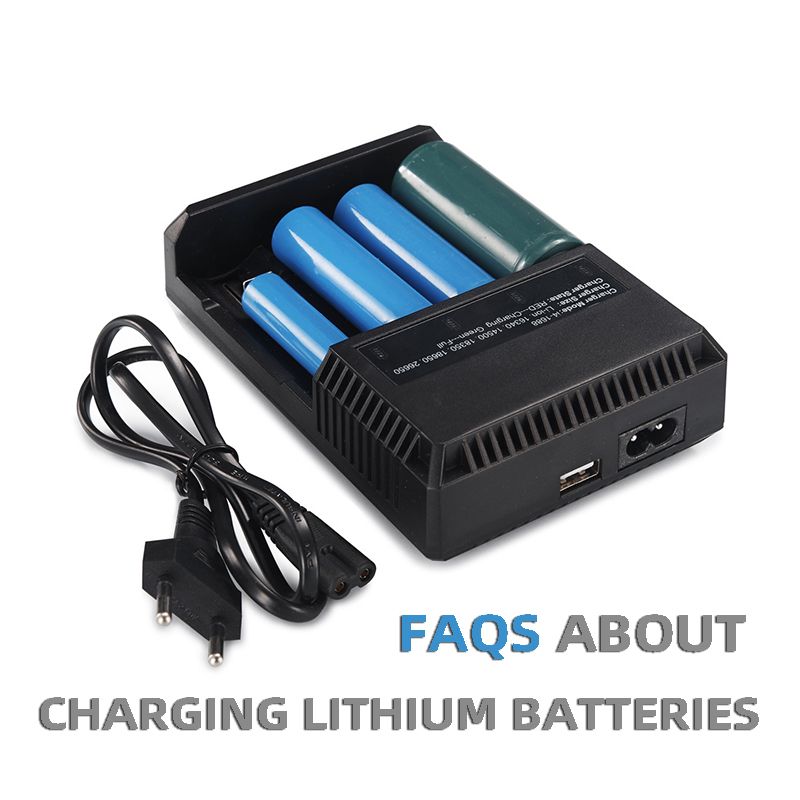
11.1 Is it OK to leave battery charger on?
Most manufactures add a built-in protection circuit to avoid over charge; however, for more safety, the user should take care from batteries and plug out the charger after reaching full charge.
11.2 When should lithium batteries be charged?
When the capacity of batteries goes down to about 30 percent, it is better to recharge it to avoid the over discharge which affects the lifespan.
11.3 Should I charge my battery at 2 or 10 amps?
It depends on the battery itself. Although, the current between 2 until 10 amps is safe, some applications need fast charge like drones and E-bikes.
11.4 How do you charge a completely dead lithium-ion battery?
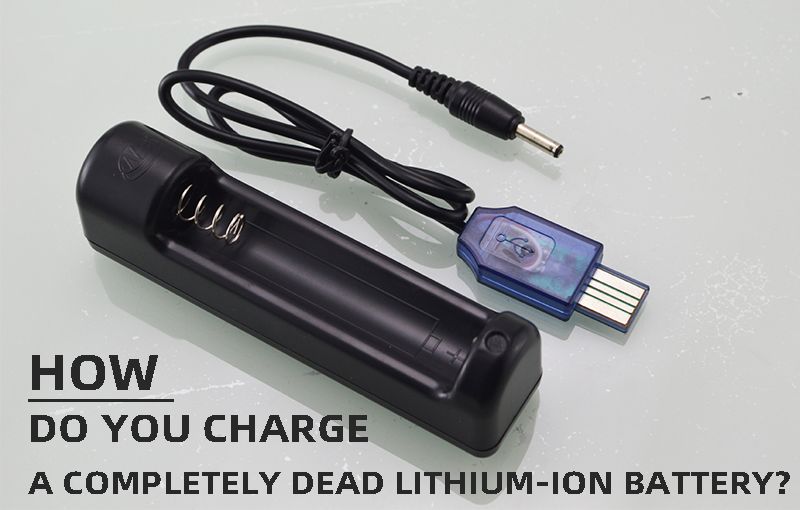
Sometimes, the battery is asleep due to over discharge and for safety purposes most chargers prevent charging lithium batteries if the internal voltage is less than 2.5V. It just needs to boost the voltage of protection circuit and then it will recharge normally. This boosting can be carried out by USB cable connecting with power source or external power supply.
Before trying to charge a dead cell, all safety precautions should be taken like wearing goggles and insulator gloves. All precautions are a must since the battery contains a flammable electrolyte. After connecting to the external power source, you can wait for 15 minutes and observe any progress in the monitor.
